IEC 60099-5-2018 避雷器.第5部分:選擇和應(yīng)用建議
作者:百檢網(wǎng) 時(shí)間:2021-07-19
中文標(biāo)準(zhǔn)名稱:避雷器.第5部分:選擇和應(yīng)用建議
英文標(biāo)準(zhǔn)名稱:Surge arresters - Part 5: Selection and application recommendations
標(biāo)準(zhǔn)類型:K49
發(fā)布日期:1999/12/29 12:00:00
實(shí)施日期:1999/12/31 12:00:00
中國標(biāo)準(zhǔn)分類號(hào):K49
國際標(biāo)準(zhǔn)分類號(hào):29.120.50;29.240.10
引用標(biāo)準(zhǔn):IEC 60071-1-2006;IEC 60071-1 AMD 1-2010;IEC 60071-2-1996;IEC/TR 60071-4-2004;IEC 60099-4-2014;IEC 60099-6-2002;IEC 60099-8-2011;IEC 60507-2013;IEC/TS 60815-1-2008;IEC 62271-200-2011;IEC 62271-203-2011
適用范圍:This part of IEC 60099 provides information, guidance, and recommendations for the selection and application of surge arresters to be used in three-phase systems with nominal voltages above 1 kV. It applies to gapless metal-oxide surge arresters as defined in IEC 60099-4, to surge arresters containing both series and parallel gapped structure - rated 52 kV and less as defined in IEC 60099-6 and metal-oxide surge arresters with external series gap for overhead transmission and distribution lines (EGLA) as defined in IEC 60099-8. In Annex J, some aspects regarding the old type of SiC gapped arresters are discussed. Surge arrester residual voltage is a major parameter to which most users have paid a lot of attention to when selecting the type and rating. Typical maximum residual voltages are given in Annex F. It is likely, however, that for some systems, or in some countries, the requirements on system reliability and design are sufficiently uniform, so that the recommendations of the present standard may lead to the definition of narrow ranges of arresters. The user of surge arresters will, in that case, not be required to apply the whole process introduced here to any new installation and the selection of characteristics resulting from prior practice may be continued. Annexes H and I present comparisons and calculations between old line discharge classification and new charge classification.
相關(guān)標(biāo)準(zhǔn)
《GB/T17593.2-2007》紡織品 重金屬的測(cè)定 第2部分:電感耦合等離子體原子發(fā)射光譜法
《EN16128:2011》與皮膚長時(shí)間緊密接觸的眼鏡架和太陽鏡的組件的鎳釋放量參考試驗(yàn)方法
《EN1811-2011+A1:2015》直接長期接觸皮膚的產(chǎn)品中鎳釋放的測(cè)試方法
《GB/T17593.4-2006》紡織品 重金屬的測(cè)定 第4部分 砷、汞原子熒光分光光度法
《GB/T20386-2006》紡織品 鄰苯基苯酚的測(cè)定
《EN12472:2005》涂層部件鎳釋放量的檢測(cè)用磨損和腐蝕的模擬方法
《GB/T17593.3-2006》紡織品 重金屬的測(cè)定 第3部分六價(jià)鉻 分光光度法
《GB/T18412.2-2006》紡織品 農(nóng)藥殘留量的測(cè)定 第2部分:有機(jī)氯農(nóng)藥
《GB/T20387-2006》紡織品 多氯聯(lián)苯的測(cè)定
百檢能給您帶來哪些改變?
1、檢測(cè)行業(yè)全覆蓋,滿足不同的檢測(cè);
2、實(shí)驗(yàn)室全覆蓋,就近分配本地化檢測(cè);
3、工程師一對(duì)一服務(wù),讓檢測(cè)更精準(zhǔn);
4、免費(fèi)初檢,初檢不收取檢測(cè)費(fèi)用;
5、自助下單 快遞免費(fèi)上門取樣;
6、周期短,費(fèi)用低,服務(wù)周到;
7、擁有CMA、CNAS、CAL等權(quán)威資質(zhì);
8、檢測(cè)報(bào)告權(quán)威有效、中國通用;
客戶案例展示
相關(guān)商品
相關(guān)資訊

最新資訊
版權(quán)與免責(zé)聲明
①本網(wǎng)注名來源于“互聯(lián)網(wǎng)”的所有作品,版權(quán)歸原作者或者來源機(jī)構(gòu)所有,如果有涉及作品內(nèi)容、版權(quán)等問題,請(qǐng)?jiān)谧髌钒l(fā)表之日起一個(gè)月內(nèi)與本網(wǎng)聯(lián)系,聯(lián)系郵箱service@baijiantest.com,否則視為默認(rèn)百檢網(wǎng)有權(quán)進(jìn)行轉(zhuǎn)載。
②本網(wǎng)注名來源于“百檢網(wǎng)”的所有作品,版權(quán)歸百檢網(wǎng)所有,未經(jīng)本網(wǎng)授權(quán)不得轉(zhuǎn)載、摘編或利用其它方式使用。想要轉(zhuǎn)載本網(wǎng)作品,請(qǐng)聯(lián)系:service@baijiantest.com。已獲本網(wǎng)授權(quán)的作品,應(yīng)在授權(quán)范圍內(nèi)使用,并注明"來源:百檢網(wǎng)"。違者本網(wǎng)將追究相關(guān)法律責(zé)任。
③本網(wǎng)所載作品僅代表作者獨(dú)立觀點(diǎn),不代表百檢立場(chǎng),用戶需作出獨(dú)立判斷,如有異議或投訴,請(qǐng)聯(lián)系service@baijiantest.com



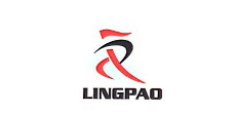
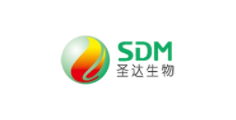
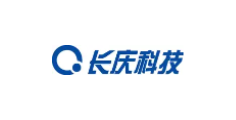
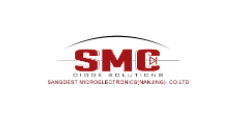
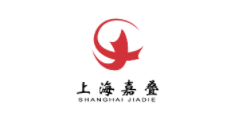
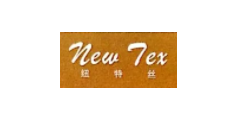
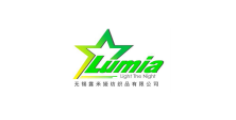
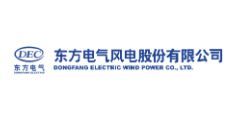

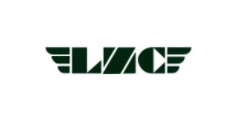
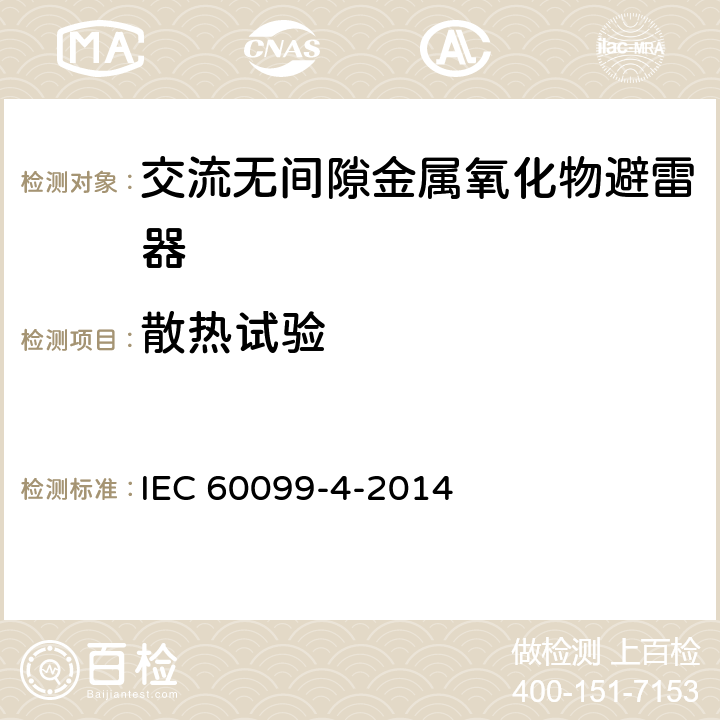
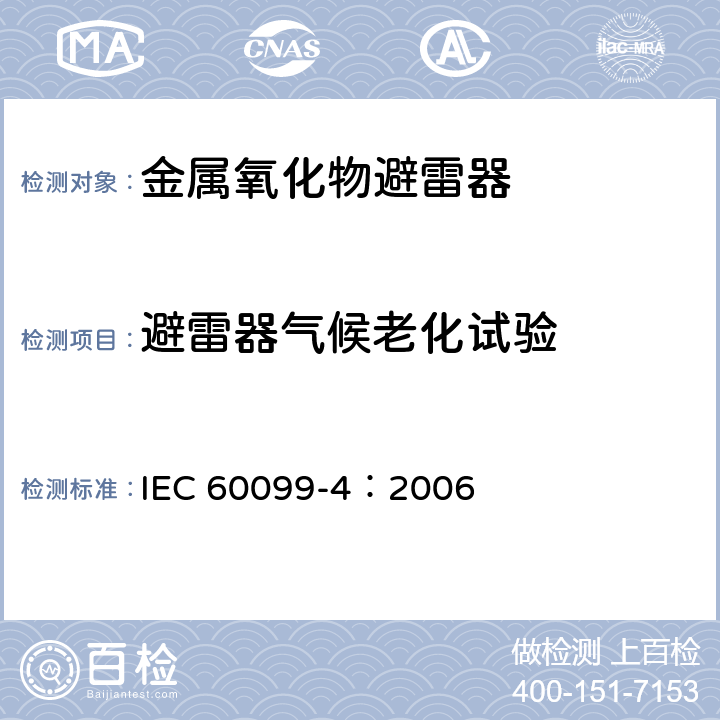
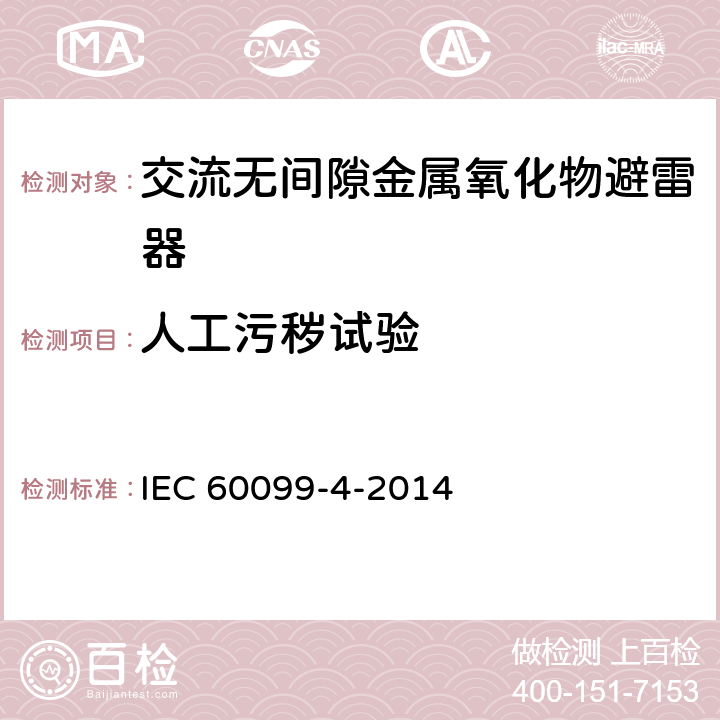
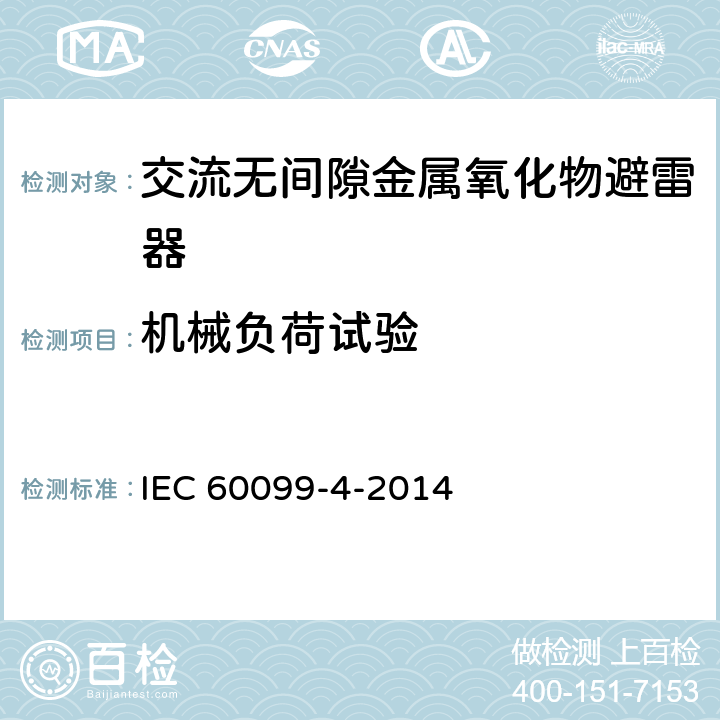
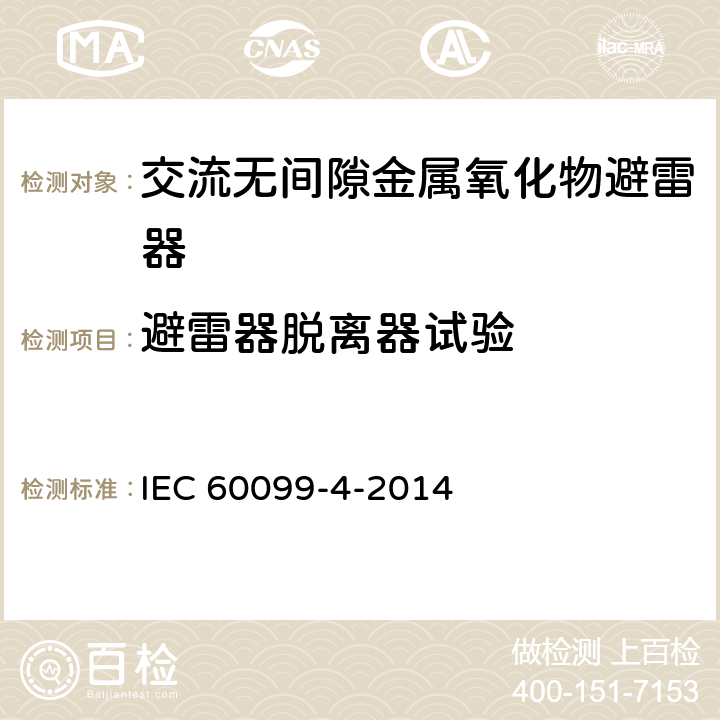
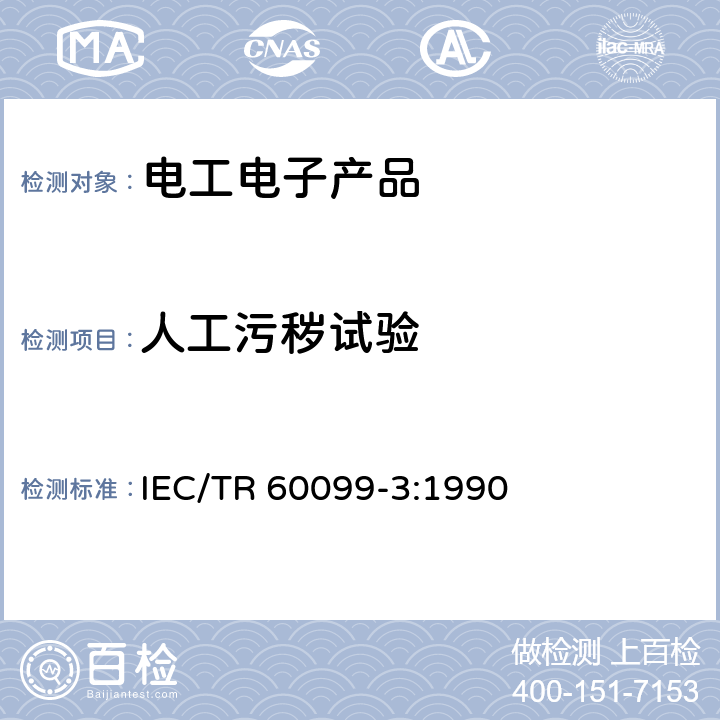
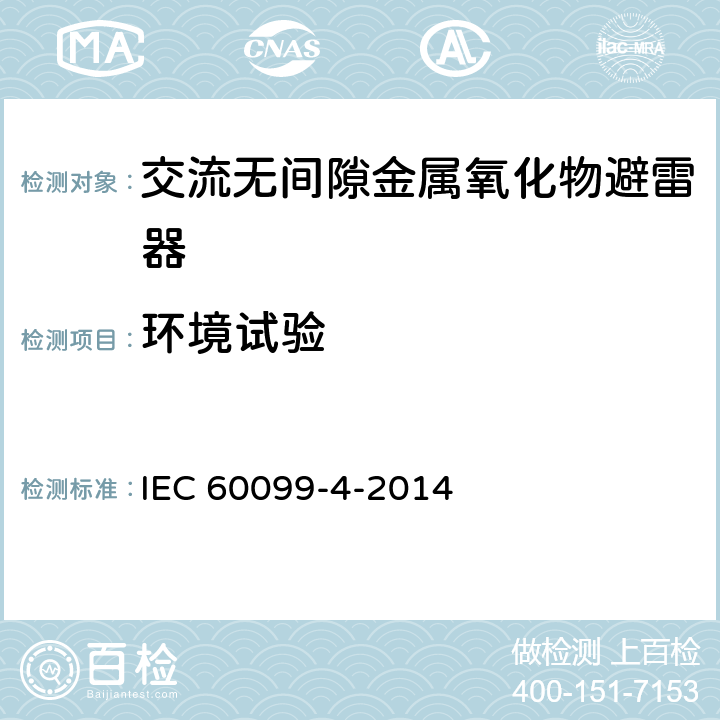
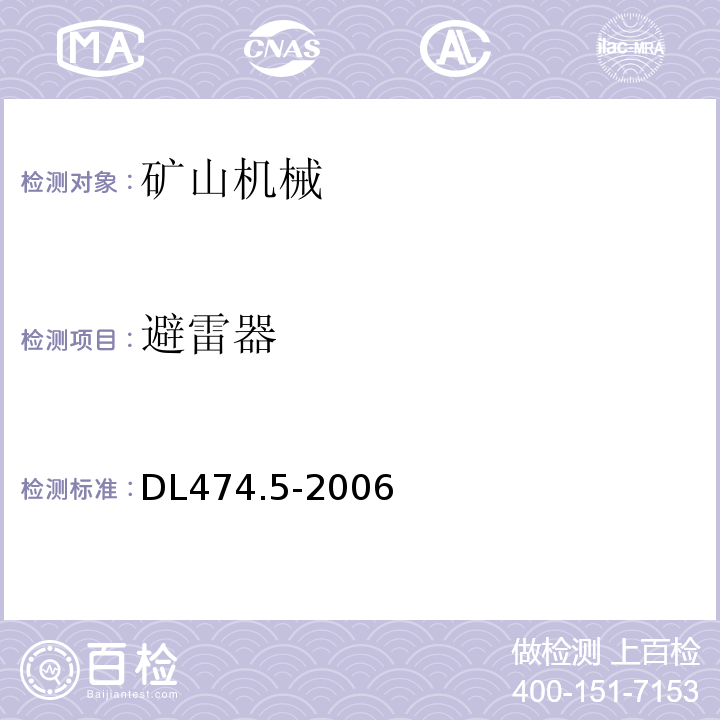
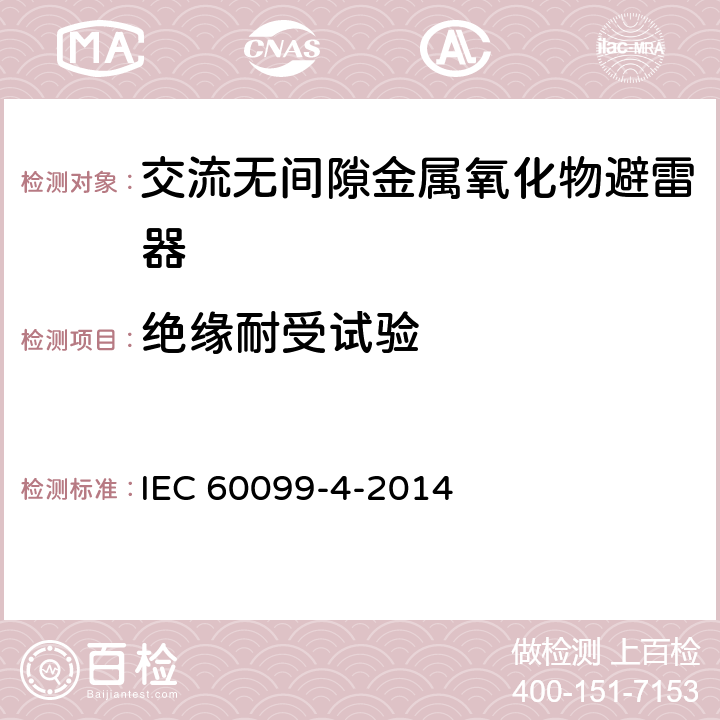
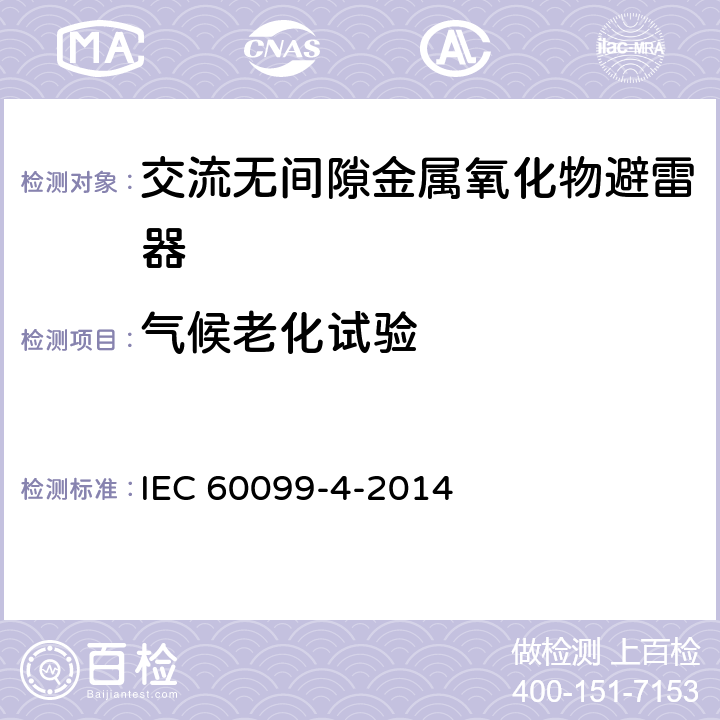

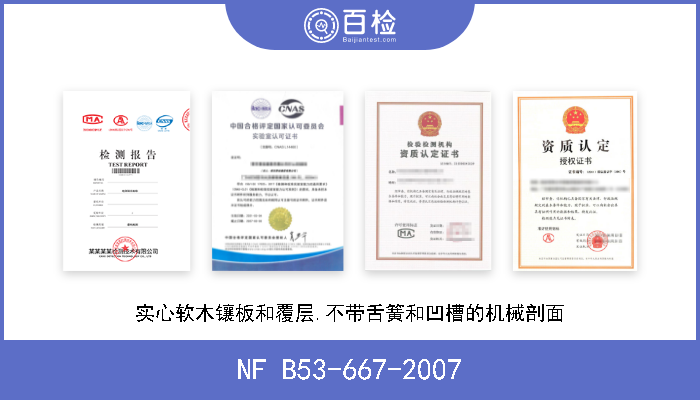
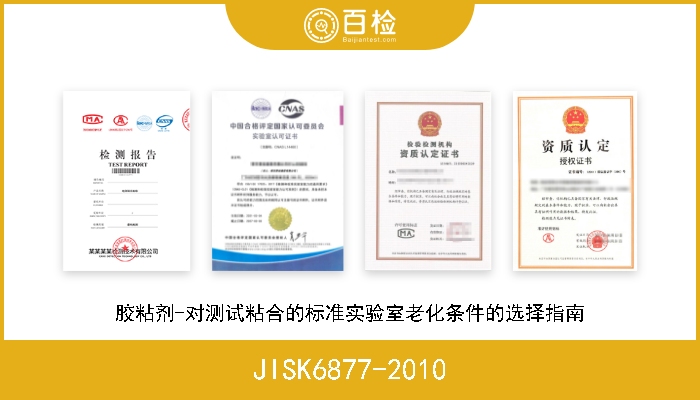
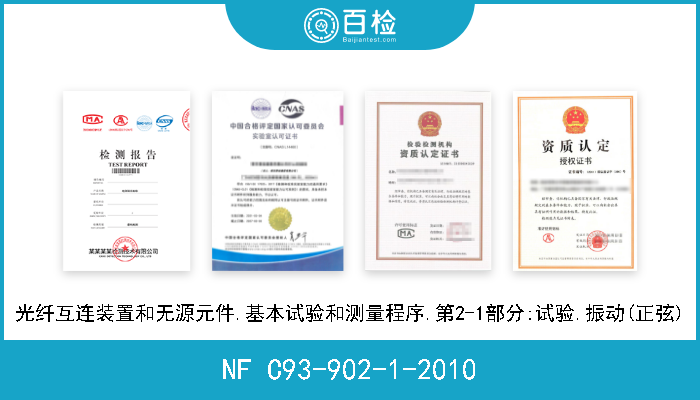

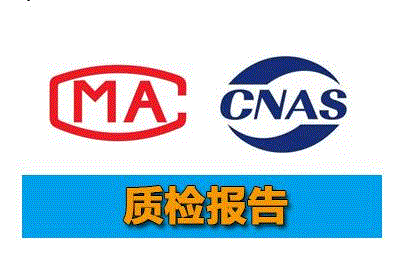
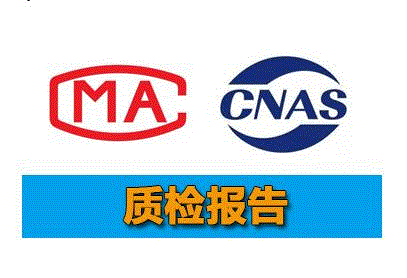
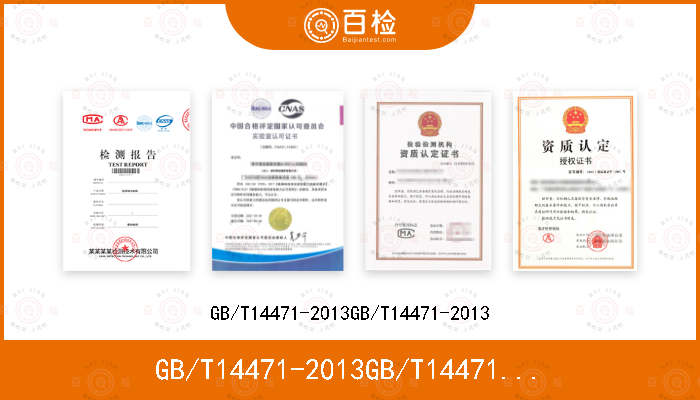



 400-101-7153
400-101-7153 15201733840
15201733840

